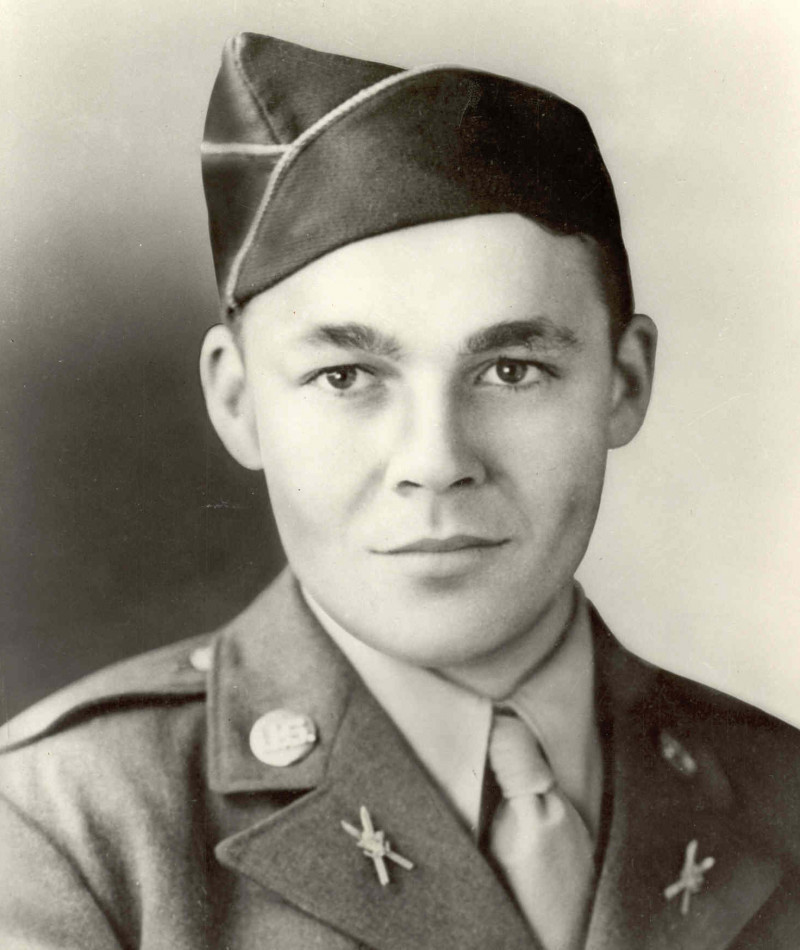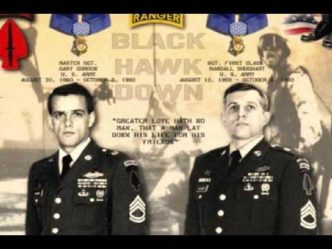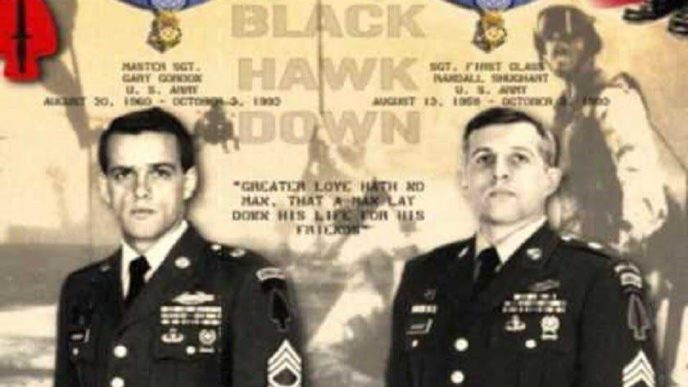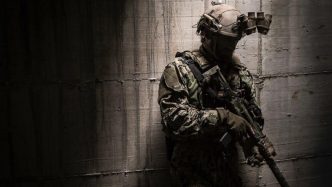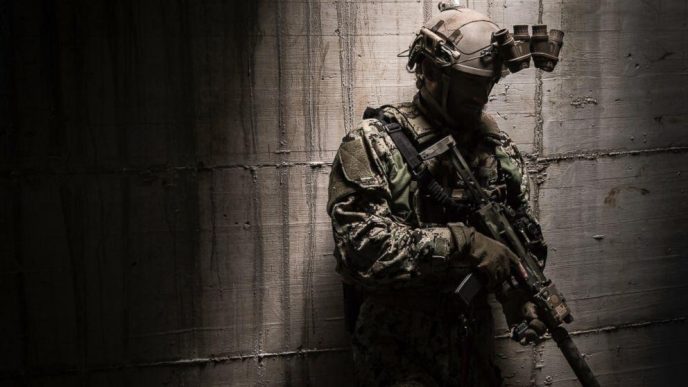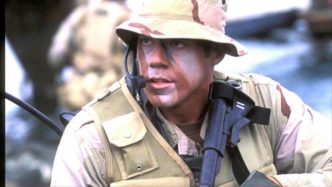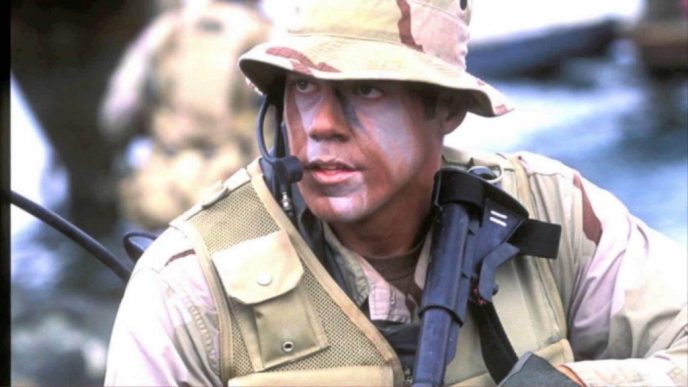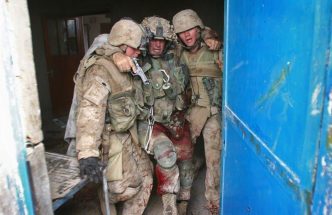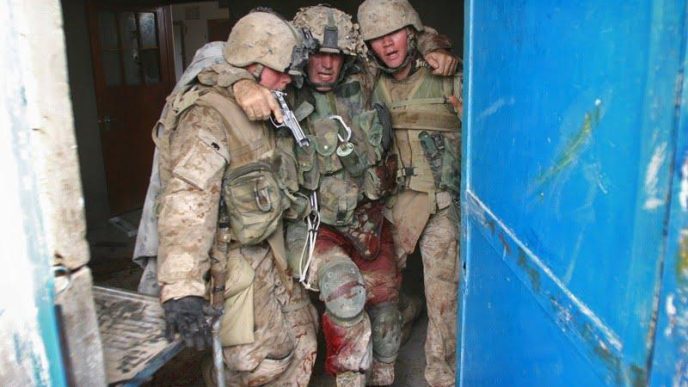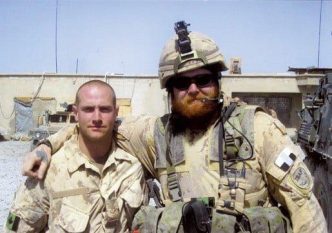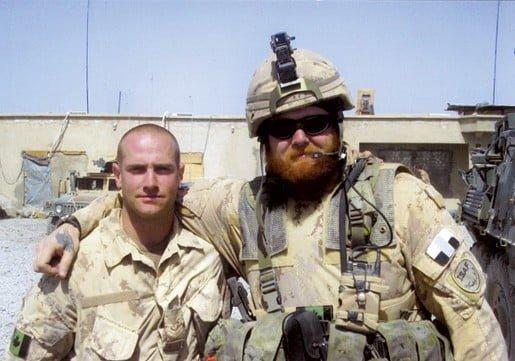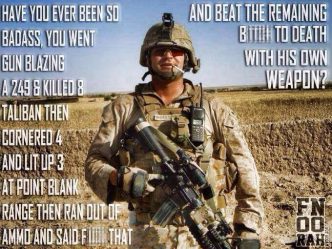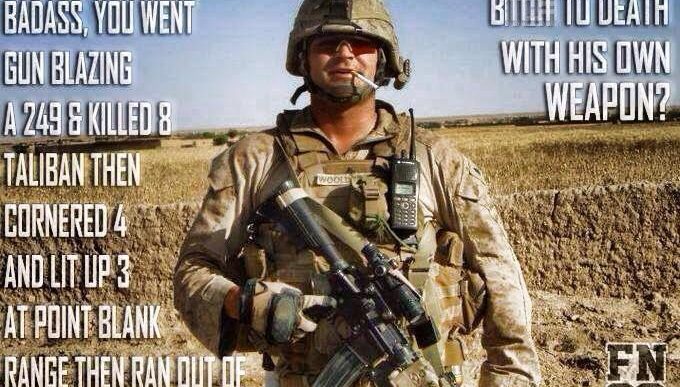John D. Magrath made a significant mark in the history of the 10th Mountain Division as the first member to receive the Medal of Honor for his valor and bravery. Tragically, he was killed in the line of duty on April 14, 1945, while leading an attack on German positions located on Hill 909 in the vicinity of Castel d’Aiano, Italy.
Early life
John David Magrath was born to Gerry and Anna Magrath on July 4, 1924, in East Norwalk, Connecticut. Growing up, he was actively involved in the Boy Scouts and earned 21 merit badges, serving as a patrol leader, troop scribe, and assistant scoutmaster for Troop 16. His dedication and commitment to the Scouts culminated in him achieving the rank of Eagle Scout in 1943, a prestigious achievement.
In addition to his involvement in the Scouts, Magrath was an active member of Christ Episcopal Church, where he participated in the choir. He loved music, and the church community valued his contributions to the chorus.
Military career
In his junior year of high school, Magrath joined the Army alongside three of his friends from the Norwalk Ski Club. His enlistment oath was taken on March 4, 1943, in Hartford, Connecticut. Magrath was eager to serve as a member of the Army’s specialized mountain trooper division. He had two brothers, Gerry and William, already operating in the Army when he arrived at the 10th Mountain Division training site in Camp Hale, Colorado.
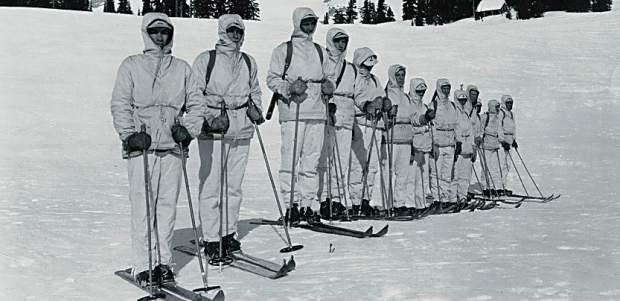
During his time in the Army, Magrath was assigned to Companies A, F, and M of the 86th Infantry Regiment. This was not an uncommon occurrence, as soldiers were often moved based on the Army’s reorganizational needs. Later on, he transferred to the 85th Mountain Infantry. Magrath served as a radio operator during combat operations in Italy.
On April 14, 1945, Company G received orders to attack German positions on Hill 909 near Castel d’Aiano. Magrath was among the troops participating in the assault. The mission was crucial to the Allies’ success, and the soldiers knew the gravity of the situation. With bravery and determination, they fought fiercely and eventually succeeded in their mission.
Battle of Castel d’Aiano
Private First Class John D. Magrath, a native of East Norwalk, Connecticut, was assigned to Company G, 2nd Battalion 85th Infantry during World War II. On April 14, 1945, Magrath became the only member of his division to be awarded the Medal of Honor. During a mission near Castel d’ Aiano, Italy, his company was under heavy artillery, mortar, and small-arms fire. Tragically, the company commander, Captain Halvorson, was killed shortly after the line of departure was crossed.
Despite the danger, Magrath volunteered to accompany the acting commander with a small reconnaissance party advancing on Hill 909. The party was pinned down shortly after, but Magrath did not falter. He charged ahead and disappeared around the corner of a house, armed only with his M-1 Garand. Two Germans manning a machine gun were encountered, and Magrath killed one and forced the other to surrender. Five more of the enemy emerged from their foxholes, firing at Magrath and retreating toward their lines. In a bold move, Magrath discarded his rifle and took control of a German MG-34 machine gun. With it, he mowed down the fleeing enemy, killing one and wounding three.
Magrath then spotted another German position, moved forward, and exchanged fire until he had killed two and wounded three more. The rest of Company G followed his lead with amazement and admiration. Later on that same day, Magrath volunteered to gather a casualty report, despite the heavy shelling. Tragically, two mortar rounds landed at his feet as he crossed an open field, killing him instantly. This day was the costliest of the 10th Mountain Division’s battles, with 553 casualties, including 114 dead.
Magrath’s body was laid to rest in a Revolutionary War cemetery in his hometown. During the burial ceremony, a Boy Scout whom Magrath had mentored played “Taps.”
Medal of Honor
Magrath was awarded the Medal of Honor posthumously on July 18, 1946. A War Department letter informed his family that the First Army commanding general would appoint an officer to present the medal on behalf of the president. Until 1980, the Medal of Honor ceremonies was not held at the White House.
“Carrying this enemy weapon across an open field through heavy fire, he neutralized two more machine gun nests; he then circled behind four other Germans, killing them with a burst as they were firing on his company. Spotting another dangerous enemy position to his right, he kneeled with the machine gun in his arms and exchanged fire with the Germans until he had killed two and wounded three.”
Thomas D. Magrath, Medal of Honor Citation
Legacy
In June 1995, the Soldiers Sports Complex at Fort Drum, New York, was renamed in honor of John D. Magrath and is now known as the John D. Magrath Gymnasium. This gymnasium features a plaque and portrait in Magrath’s memory, serving as a reminder of his bravery and sacrifice.
Although the 10th Mountain Division had been inactivated by November 30, 1945, there was no formal representation to honor their only Medal of Honor recipient, John D. Magrath. It would take another decade until the Magrath family reconnected with the reactivated 10th Infantry Division at Fort Riley, Kansas. The occasion was unveiling of a six-foot stone monument in honor of Magrath at Camp Funston, an Army training camp within Fort Riley, on August 17, 1955. Maj. Gen. George E. Martin, the division’s commanding general, read the citation inscribed on the bronze plaque during the ceremony, with Magrath’s parents in attendance.
In the years following his death, more monuments and memorials were erected to ensure that Magrath’s service and sacrifice would long be remembered. For instance, an elementary school in Norwalk, Connecticut, was named in his honor in August 1956. Although the school was later converted into the Norwalk Community College, it still maintains a Magrath memorial display.

In September 1994, the 10th Mountain Division (LI) submitted a request to rename the Soldiers Gymnasium to the John D. Magrath Sports Complex, which was approved during a memorialization board meeting. One member suggested naming Building 10000, the 10th Mountain Division headquarters, after Magrath. However, it was ultimately decided that the gymnasium would be a more fitting tribute.
Dr. Laurie Rush, the Fort Drum Cultural Resources manager, shared how her counterpart at Fort Riley contacted her in 1998 about a missing monument. The late John Dendy discovered that the Magrath monument was missing during a tour and believed it was at Fort Drum. Rush recalled that Dendy was worried that if they ever needed to repair the monument, they would need to ask him for his special cement recipe. The monument had previously stood near the entrance to the track but was moved to its present location outside the Fort Drum fitness facility due to a renovation project.
A similar monument was erected in 2009 outside Castel d’Aiano, Italy, near the base of Hill 909, where Magrath was killed. Furthermore, officials held a dedication ceremony at the 10th Mountain Division Headquarters on April 6, 2001, unveiling a display featuring a commissioned painting of Magrath that depicts his heroic actions.
John D. Magrath’s story is a testament to his bravery and selflessness, and his legacy lives on through the many monuments and memorials dedicated to his honor. As a member of the 10th Mountain Division, his courage and sacrifice will never be forgotten.
